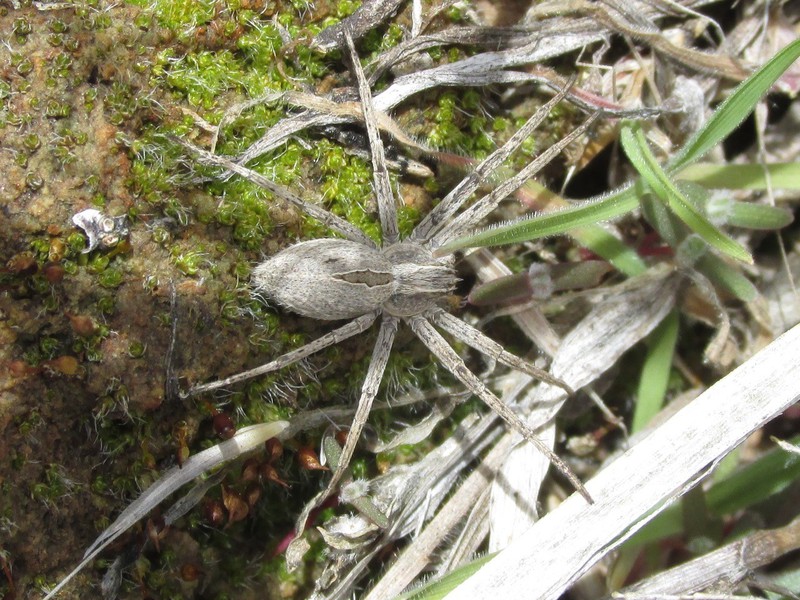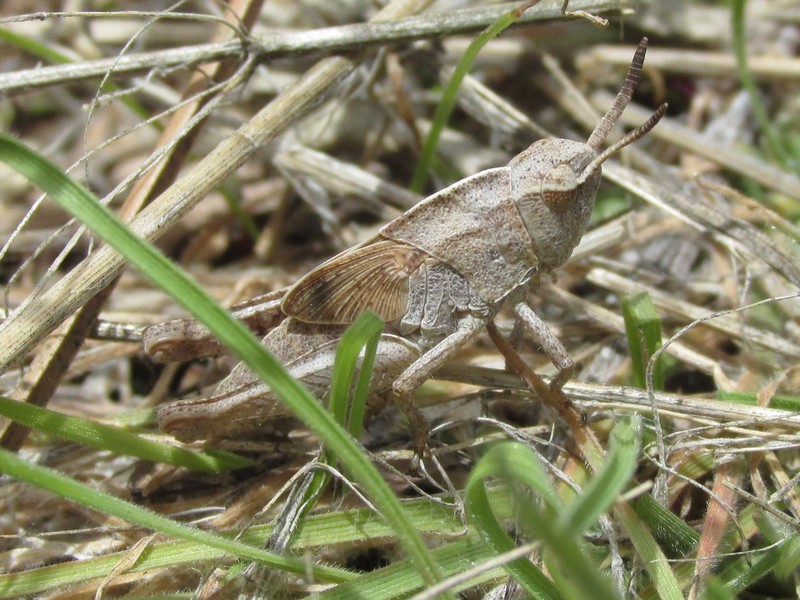Bioblitz aims to increase students' appreciation of biodiversity

CHADRON – A recent bioblitz project aimed at increasing awareness of the biological diversity in the environment yielded about 40 specimens of insects, plants and mosses from C-Hill on the Chadron State College campus, despite spring storms that reduced participation and made planning for the event difficult, according to CSC professor Mathew Brust. He and other CSC science instructors intend to have more activities like the one April 6.
“The long term goal on this project is to give the students ownership and get more involved,” Brust said. “The more you get students involved in research, that seems to be beneficial for most studies.”
A National Park Service naturalist coined the term bioblitz in 1996 to refer to an intense period of biological surveying that attempts to record all living species within a designated area at a particular time.
A bioblitz generally includes participation by members of the general public under supervision of trained scientists and is part of the broader citizen science movement, said Brust.
“It’s a kind of outreach phenomenon where you get the public involved and educate them about the environment around them,” said Brust. “With citizen science in general, once someone knows what something is, they will start to notice it and appreciate it and want to know more.”
In recent years, Chadron State students and faculty have participated in bioblitz events at Chadron State Park sponsored by the Bird Conservancy of the Rockies and other agencies. During the 2017 State Park bioblitz, some 140 participants identified more than 200 species of plants and animals.
Brust said he and High Plains Herbarium director Steve Rolfsmeier had hoped to identify hot spots of potentially high biodiversity on C-Hill before the April 6 event, but were thwarted by weather.
“It was a little more informal than we wanted,” said Brust. “So we just went out to walk a trail and see what we could find.”
The results were better than expected.
“With the recent snows, we didn’t think we’d find much. In fact, we found a lot more little critters than we thought,” said Brust.
The roster of recorded species included insects, flies, grasshoppers, spiders, birds, lichens and mosses, including one moss that appears to be rare in Nebraska, he said.
While an invasive grass called smooth brome appears to have somewhat reduced biodiversity on the lower areas of C-Hill, there are more native species of grasses and insects higher up, according to Brust. He estimates there could be as many as 30 species of grasshopper on the hill, and noted that apart from some isolated attempts in the past, an inventory of the area’s biology has never been done.
“There’s a lot more (biodiversity) than we know,” he said.
The advent of smartphones with high quality cameras has simplified the process of cataloging the results of a bioblitz survey, Brust said. Previously, researchers had to gather an example of each different insect or plant and take it back to a lab, but now a good photograph is often enough for a positive identification.
Brust said only a few students took part in the April 6 bioblitz, probably because it had been rescheduled several times, but he thinks participation will increase in the future.
“We are going to carry on to next year and build as we go,” he said. “Maybe we’ll do it twice a year.”
And he wants to have students take the lead in organizing future bioblitzes. In addition to helping students build their resumes, participating in a bioblitz enhances their understanding and appreciation of the natural world, according to Brust.
“I think appreciation is the first step in learning that the world is bigger than they realize,” he said.
Category: Campus Events, Campus News, Physical and Life Sciences

